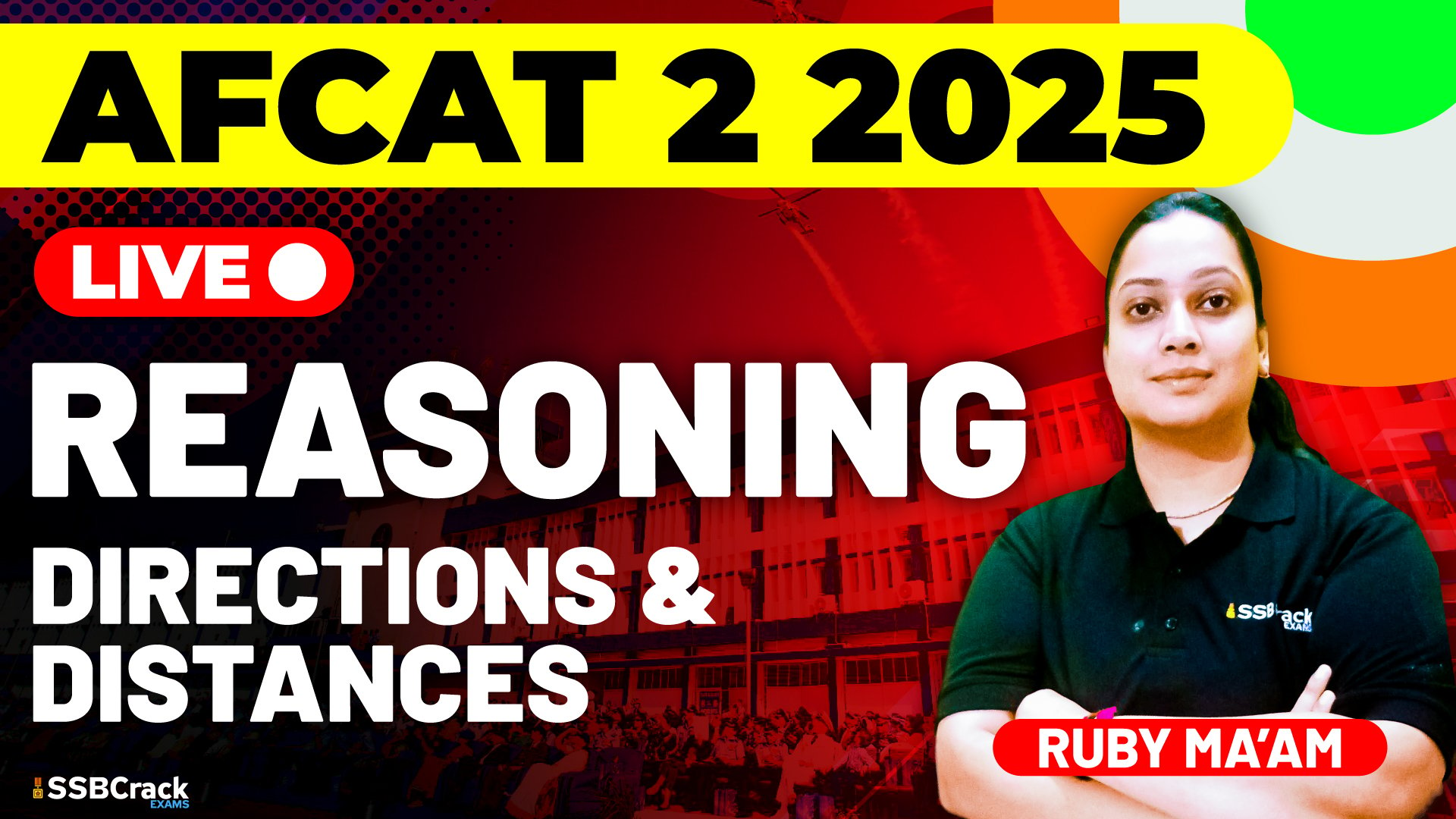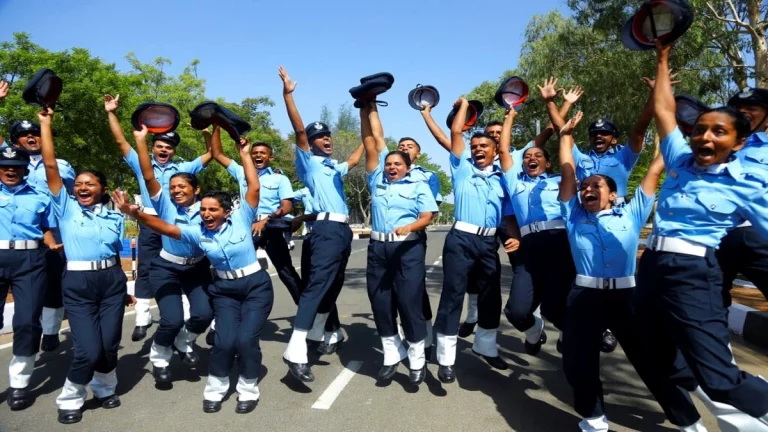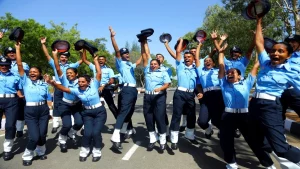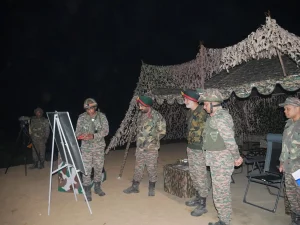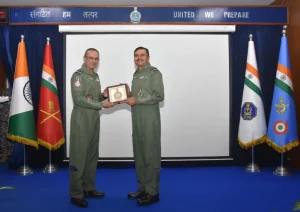Air Force Common Admission Test (AFCAT) is a gateway to a prestigious career in the Indian Air Force. As aspirants prepare for this highly competitive exam, it’s crucial to focus on every section of the syllabus—particularly the reasoning and military aptitude section, where one often encounters questions from the topic “Direction and Distance.” Despite appearing simple at first glance, Direction and Distance is a highly scoring area that requires logical thinking, spatial visualization, and sharp attention to detail. Here’s why this topic holds such significance in the AFCAT exam and how you can master it.
📍 Why ‘Direction & Distance’ Matters in AFCAT
- Consistent Weightage in Exam
In almost every AFCAT paper, 2–4 questions are asked from this topic. Since these are often direct and formula-based, they become easy pickings for well-prepared aspirants. - Tests Practical Thinking
This topic evaluates your real-world logical reasoning, similar to what is required in military operations—navigating maps, orienting oneself, and analyzing positions. Hence, your performance in these questions can reflect your aptitude for the forces. - High Accuracy Potential
Unlike abstract logical reasoning, Direction and Distance questions have objective answers that don’t rely on assumptions. This means you can aim for 100% accuracy, provided your concepts are clear and your visualization is accurate. - Time Efficient
With practice, you can solve these questions in less than a minute each, giving you more time to tackle trickier problems elsewhere in the paper.
🧭 Common Question Types
- Determining final direction after a series of movements
- Calculating shortest distance between initial and final point (using Pythagoras Theorem)
- Identifying relative directions (left/right turns, cardinal directions)
- Interpreting coded or graphical representations of movement
📌 Tips to Master the Topic
- Learn the Basics Thoroughly
Understand all cardinal directions (North, South, East, West) and intercardinal directions (North-East, South-West, etc.). Always assume starting position is facing North unless stated otherwise. - Practice Diagram Drawing
Draw a rough diagram as you read the question. Visual representation reduces errors significantly. - Use the Pythagorean Theorem
When a question asks for the shortest distance between two points after movement in right angles, use the formula: Distance=(x2+y2)\text{Distance} = \sqrt{(x^2 + y^2)}Distance=(x2+y2) - Develop a Flow Strategy
Learn to break complex directions into simpler steps. For instance, multiple left and right turns can be simplified by tracking changes relative to the original position. - Practice with Time Limits
Since AFCAT is a time-bound exam, practice sets under exam-like conditions to improve both speed and accuracy.
